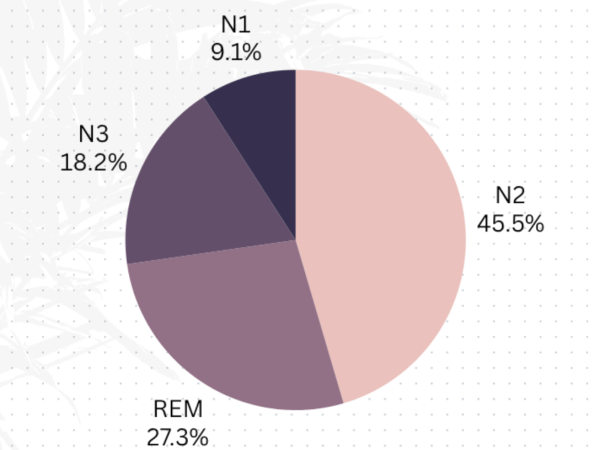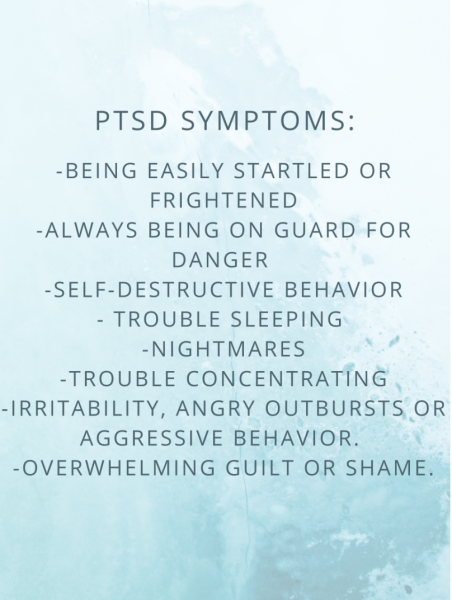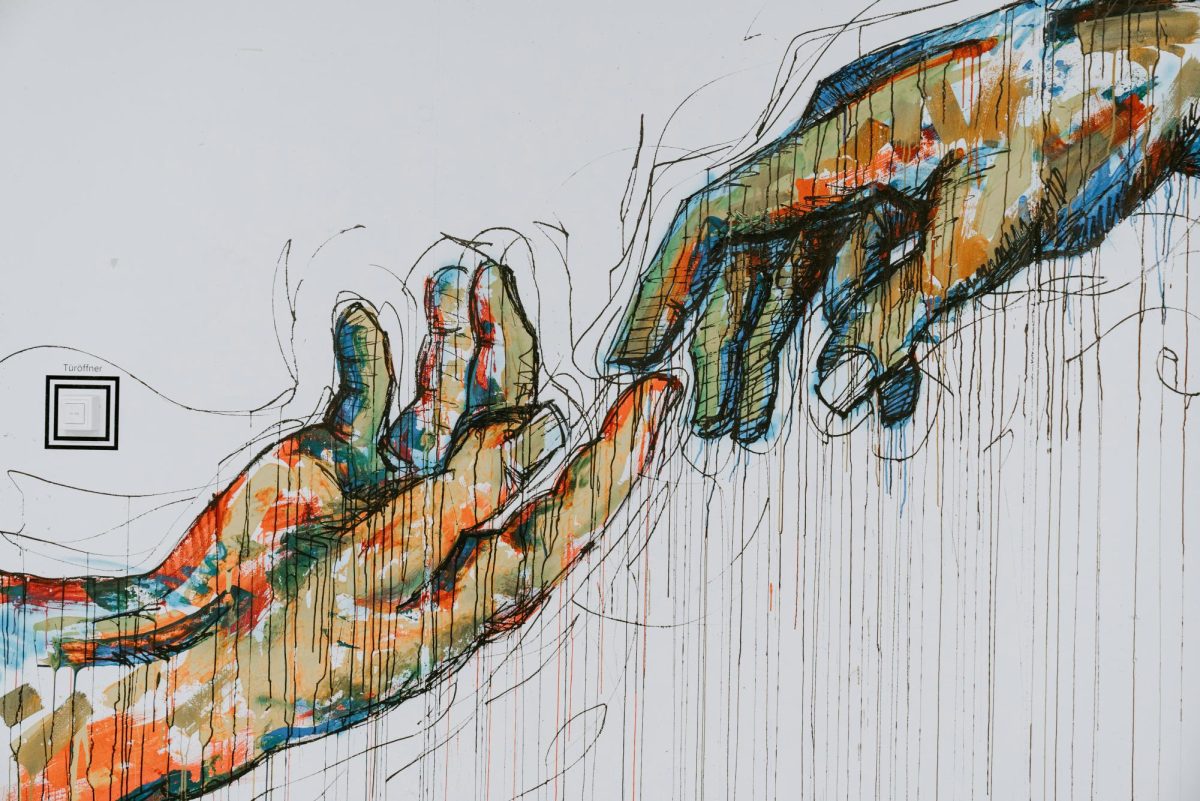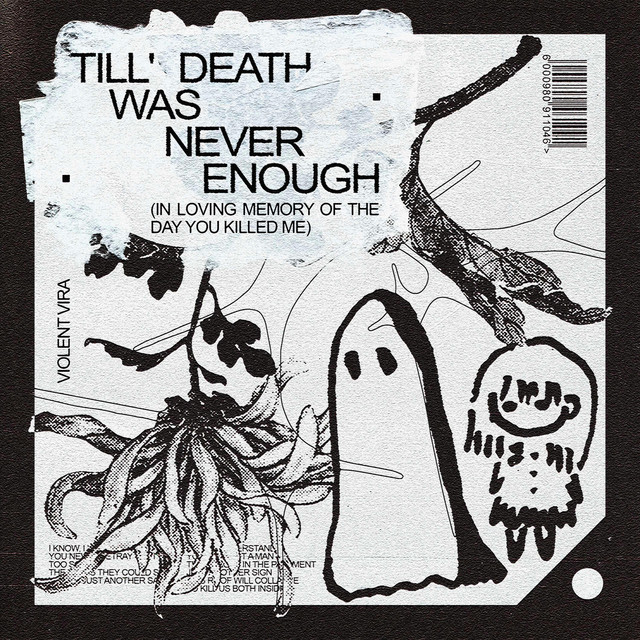Nightmares plague people of each age group. Some are more terrifying than others. These night terrors start during REM sleep. REM stands for “Rapid Eye Movement”. Your body starts at stage 1 or N1. N1 is the light sleep stage, it’s easy to wake someone from this state. N3 is the deep sleep stage where you spend most of your time. Then after N3 is REM sleep, nightmares perpetuate from this stage.

Nightmares are thought to come from the subconscious and are caused by feelings your subconscious is aware of. Your brain internalizes all your feelings throughout the day, resulting in dreams and nightmares. Memories and familiar places show up in these nightmares or dreams. The plotline usually doesn’t make sense and people you know don’t match up to how they’d usually act.
PTSD, or post-traumatic stress disorder, can cause frequent and traumatic nightmares. Veterans, police officers, nurses, or anyone who has PTSD can experience more nightmares more frequently. When these people are at their jobs they experience scary things that harm their mental health so badly that they can lose memory, become paranoid, develop developmental disorders, get scared easily, always be on guard, irritable, etc. People with PTSD experience vivid nightmares that could replay times when the traumatic incident happened. This re-traumatizes the person and undoes all the healing they could have gone through.
Ali A. El-Solh, a Journalist for the National Library of Medicine said “The exact relation between nightmares and PTSD is still unknown but nightmares and PTSD are closely related, and both show altered activity in the same brain regions.”

Nightmares can start differently. Stressful events throughout the day can cause nightmares. Eating before bed can cause nightmares. Even anxiety can harm people in their sleep life too. Nightmares can feel very real and others wake up in sweat or a frantic panic. That anxiety can follow them through the day and bring down their mood.





































